Learn how to change behavior.
The world's largest collection of resources and data on behavioral science.
Behavior change and behavior design models
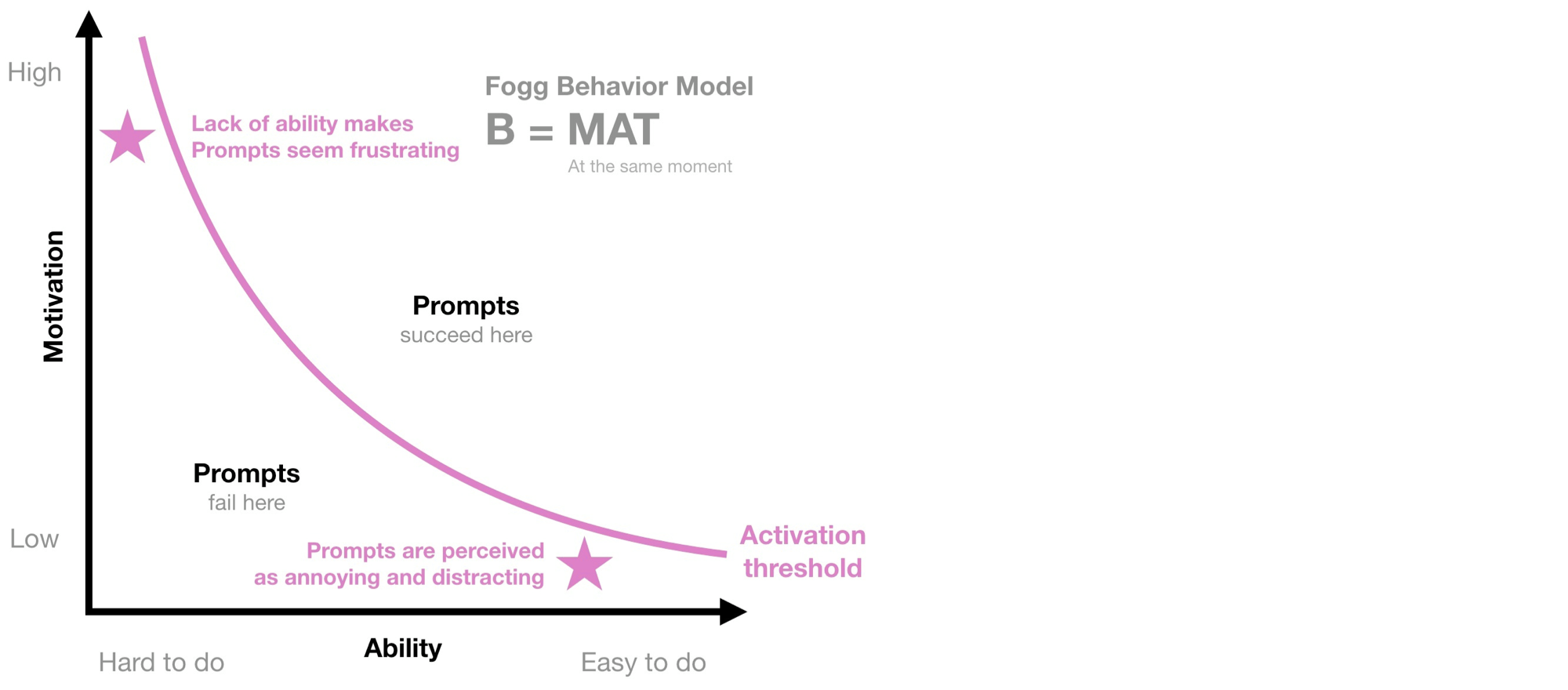
MODELS
Fogg Behavior Model
TYPE
Behavior model
PEOPLE
BJ Fogg
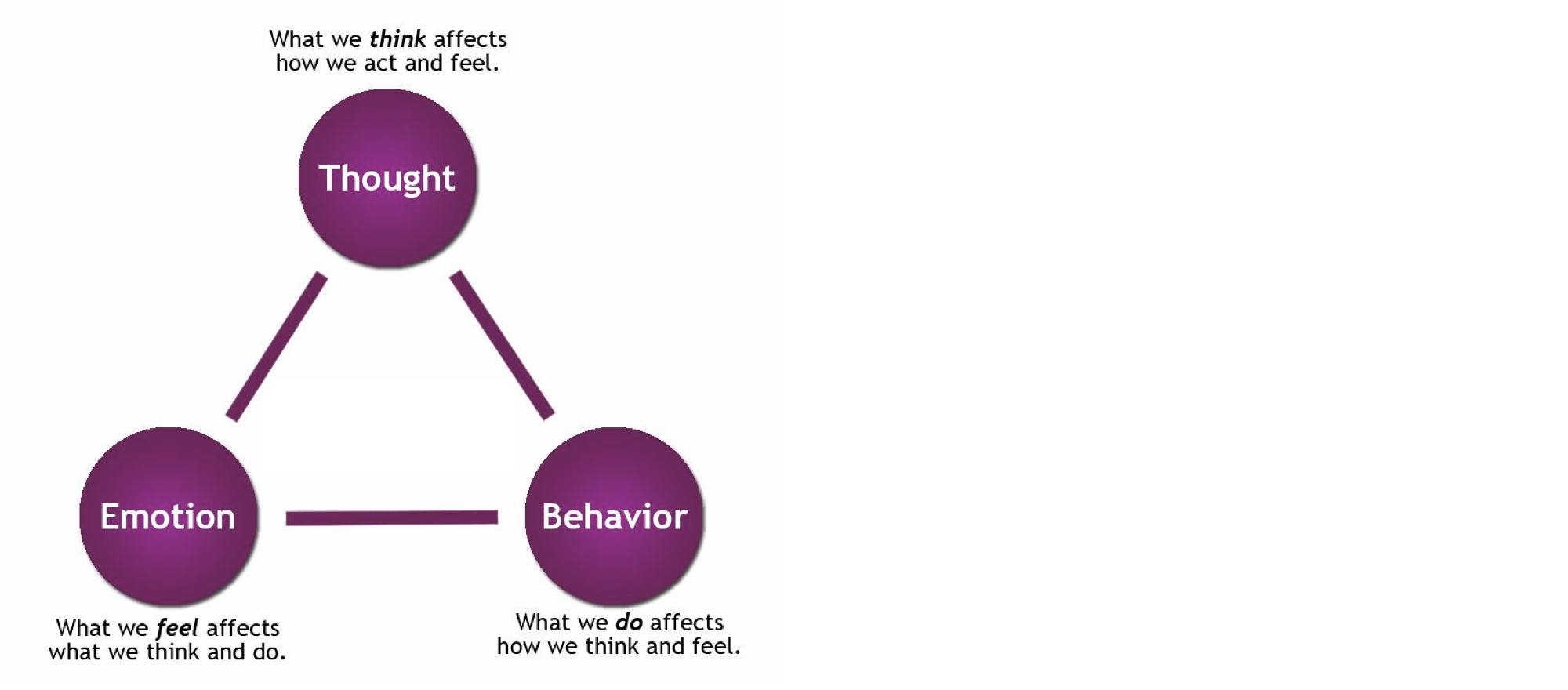
MODELS
Cognitive-Behavioral Therapy
TYPE
Therapeutic approach
PEOPLE
Aaron Beck
PRODUCTS USING
NASH, Sleepio, Learn to Live, Ieso Digital Health, myStrength, MoodHacker, Sanvello, UpLift, TAO Connect, Stoic, wayForward, Daylight, Braive, Youper, MoodMission, MoodKit, MindBeacon, Workit Health, Woebot
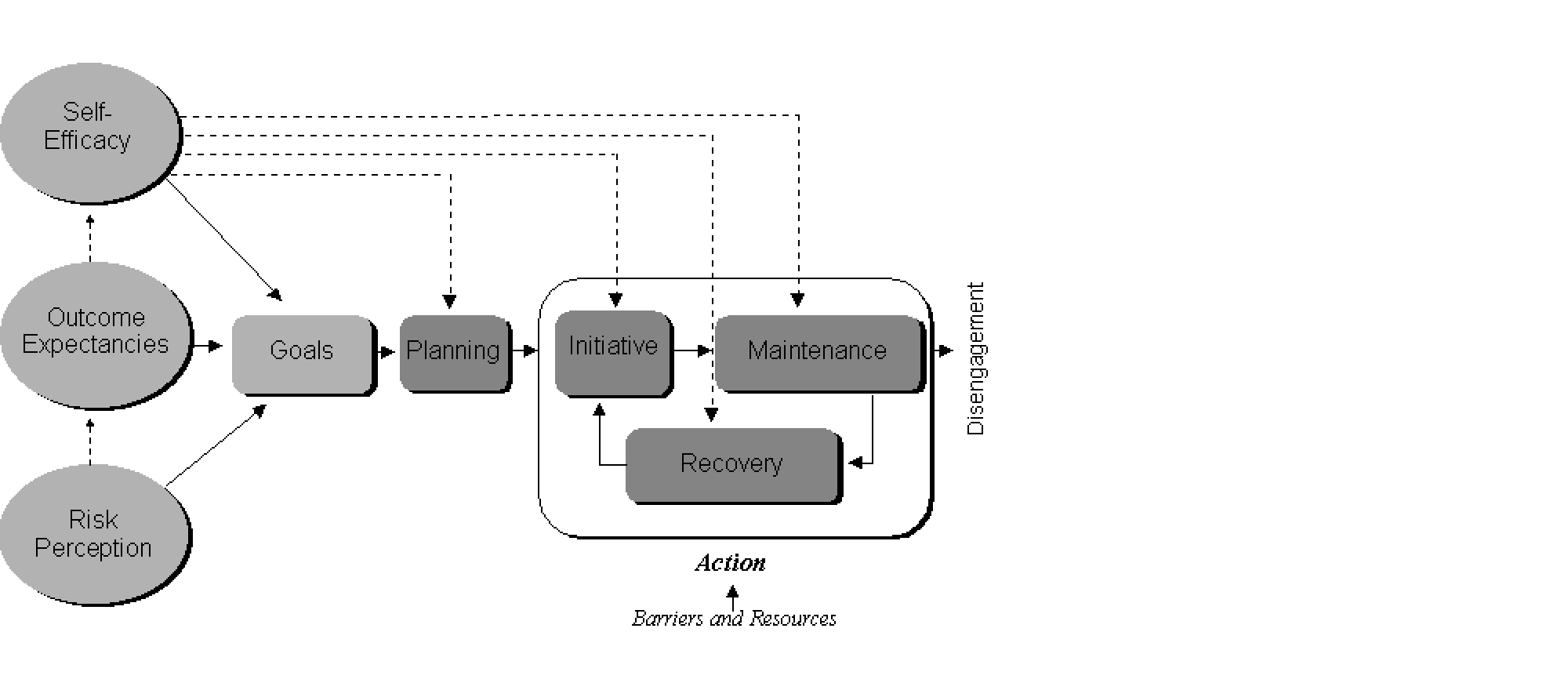
MODELS
Health Action Process Approach
TYPE
Behavior model
PEOPLE
Ralf Schwarzer
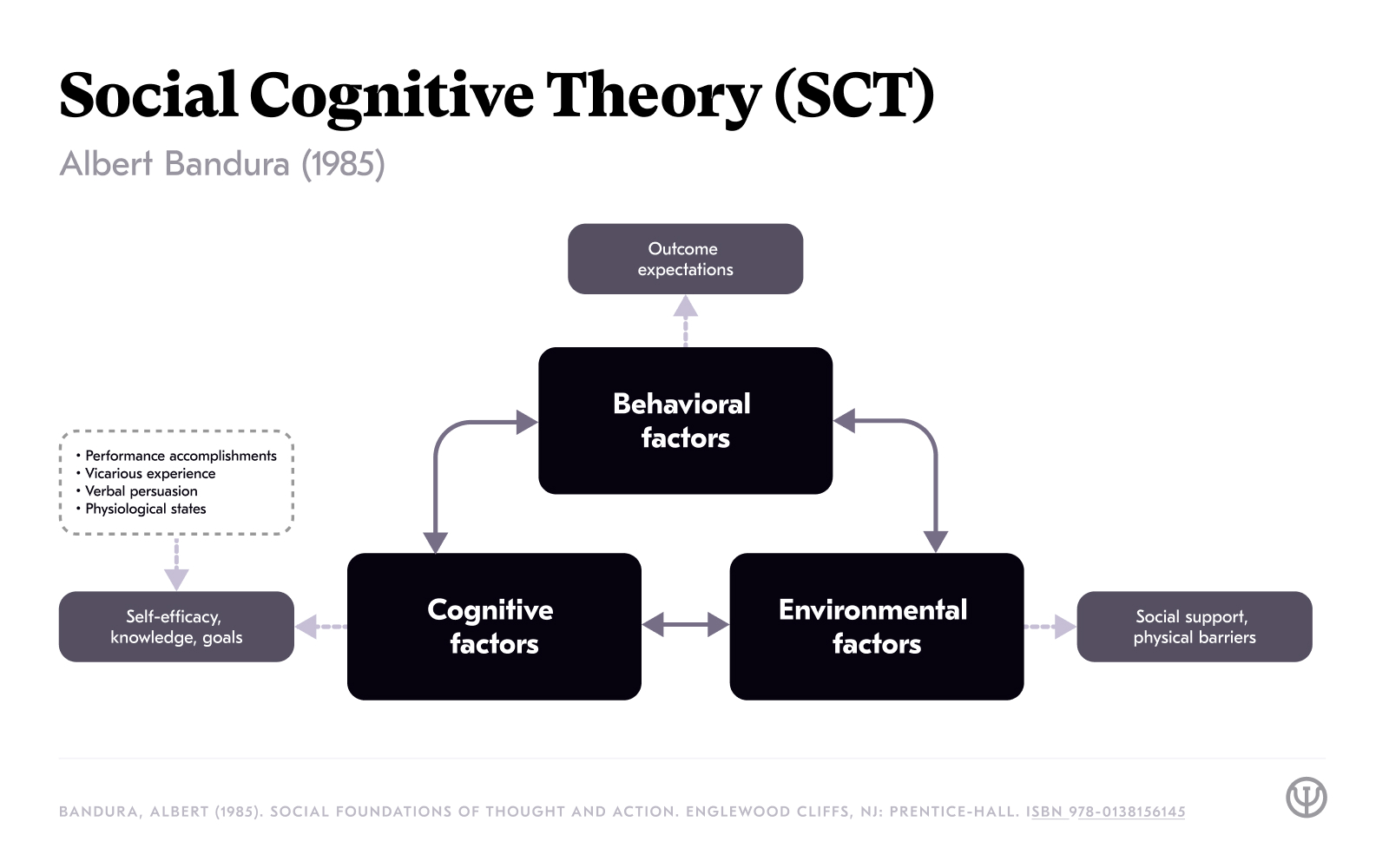
MODELS
Social Cognitive Theory
TYPE
Behavior model
PEOPLE
Albert Bandura
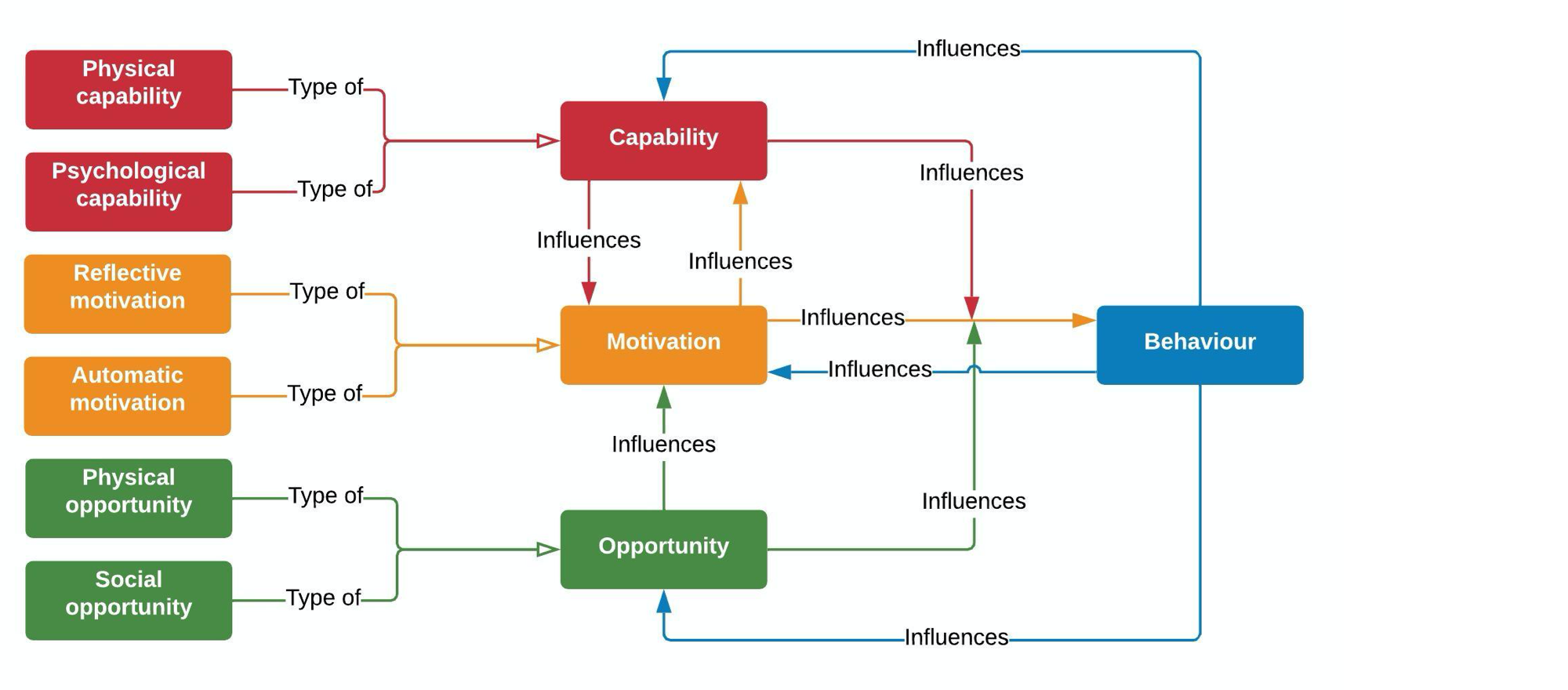
MODELS
COM-B | Capability, Oppportunity, Motivation → Behavior
TYPE
Behavior model
PEOPLE
Susan Michie, Robert West, Maartje van Stralen
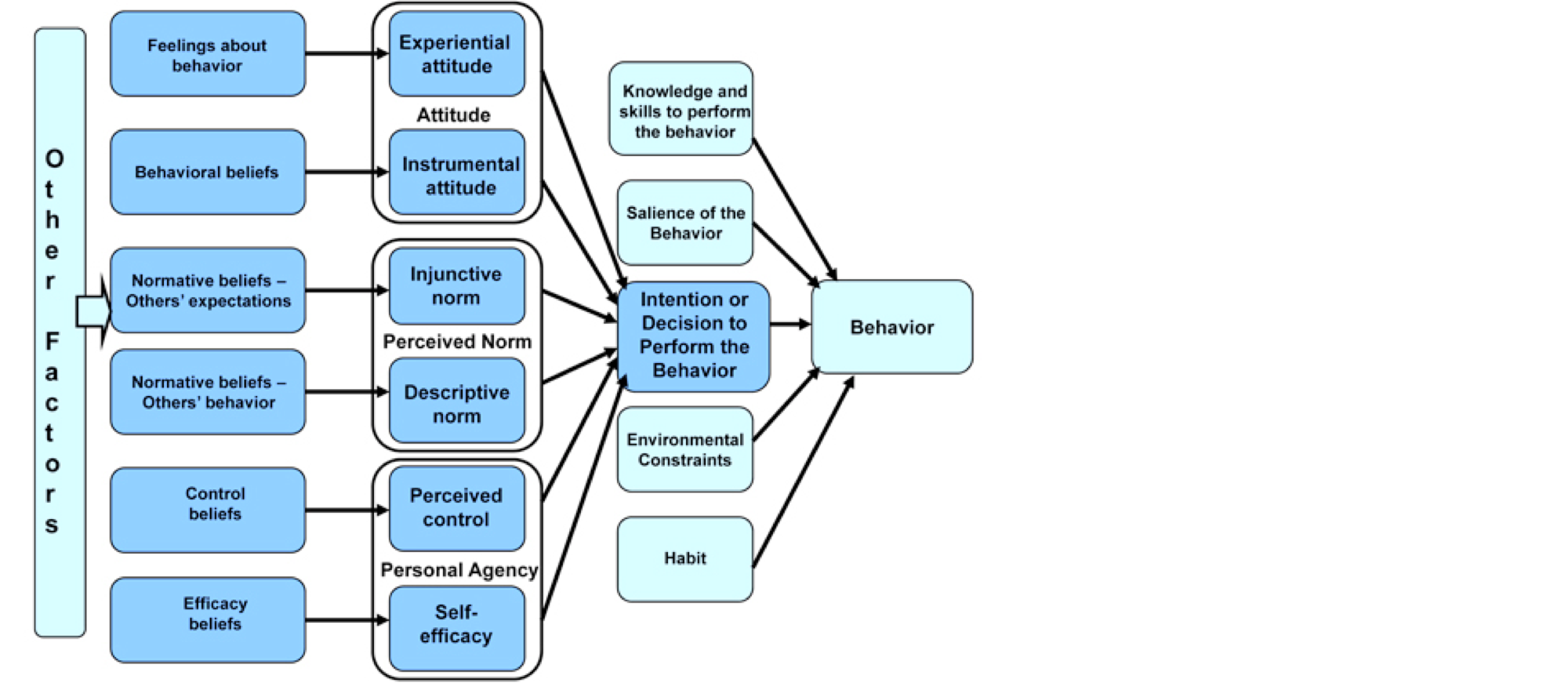
MODELS
Integrated Behavior Model
TYPE
Behavior model
PEOPLE
Martin Fishbein, Icek Ajzen
Tactics that change behavior

TACTICS
Behavior Substitution
Behavior substitution refers to attempting to eliminate a problematic behavior by replacing it with another one. Often, the substituted behaviors are intended to have similar sensory qualities (e.g. drink flavored sparkling water instead of soda). The goal is typically to disassociate the original behavior from its cue, enabling the more positive behavior to be triggered automatically.

TACTICS
Covert Learning
Covert learning refers to imparting educational information into non-traditional methods of delivery. For example, a film where someone learns cognitive behavioral therapy techniques or receives training on body-weight fitness exercises may teach someone how to do these (or at least generally what they are). People may also learn the consequences of a behavior through watching someone else experience them, and this concept (viarious experience) is a key component of Bandura's social cognitive theory.

TACTICS
Acceptance and Commitment Therapy (ACT)
ACT is a therapeutic approach originalled developed by Steven Hayes. It borrows from previous concepts like cognitive behavioral therapy and Morita therapy. The principles of ACT are fairly systematic and lend themselves well to program design, finding empirical support in adaptations like 2morrow's smoking cessation and pain management interventions.

TACTICS
Commitment Devices
Commitment devices are tools that attempt to bridge the gap between a person's initial motivation to perfrom the behavior and the typical pattern of noncompliance as time goes on.One prominent example is the "Ulysses Pact," where Filipino banking customers were offered the option to enroll in an account where their ability to make withdrawals would be limited. In a study by Ashraf and Karlan (2005), participants with the commitment account saved 81% more than those with typical accounts. There are many other examples of commitment devices. Temptation bundling is a form of commitment device where people only engage in an enjoyable activity when it's simultaneous with an activity they intend to do more (for example, only listening to a certain podcast or audiobook while walking on a treadmill). Pre-paying for a service is a basic form of commitment device, and one used by Dan Ariely when he intended to increase his fruit and vegetable consumption. He paid for a year of biweekly deliveries from a local CSA program up-front.

TACTICS
Behavioral Activation (BA)
Behavioral activation is a therapeutic approach that typically pairs activity scheduling with either monitoring tools or goal-setting. For example, someone might aim to balance activities they "should" do but underperform, like self-care behaviors, with activities they enjoy. Users of this technique may also track which activities cause certain cognitions or affective states, like those associated with depression.

TACTICS
Education or Information
Education refers to empowering a person with more knowledge or training than they had previously. While providing information alone is often a suboptimal way to drive meaningful behavior change or long-term interventions, the right message at the right time can be a powerful part of a behavior change strategy.

TACTICS
Coaching or Counselling
Coaching or counselling here refers to having a trained person provide guidance to someone attempting a behavior. Many mental health and lifestyle programs utilize coaching in various forms, including phone calls, video chat, text messaging, or in-person sessions. Some programs have replaced some or all of these traditionally human-delivered touchpoints with AI or rules-based interactions.

TACTICS
Automation
Automation refers to having another person, group, or technology system perform part or all of the intended behavior. A prominent example is Thaler & Bernartzi's Save More Tomorrow intervention, which invested a portion of employees' earnings into retirement funds automatically and even increased the contribution level to scale with pay raises. Other examples include automatically scheduling medical appointments so the patient needn't do it themselves and mailing healthy recipe ingredients to the person's home to reduce the burden of shopping.
Products that change behavior
PRODUCTS
2Morrow Chronic Pain Program
Behaviors
Mental Health & Self-Care, Other, Disease Management
Tactics
Acceptance and Commitment Therapy (ACT), Behavioral Activation (BA)
Models
Acceptance and Commitment Therapy
PRODUCTS
ALICE
Behaviors
Medication Adherence
PRODUCTS
2Morrow Smoking Cessation Program
Behaviors
Smoking Cessation
Tactics
Acceptance and Commitment Therapy (ACT), Behavioral Activation (BA)
Models
ACT

PRODUCTS
Aduri
Behaviors
Mental Health & Self-Care
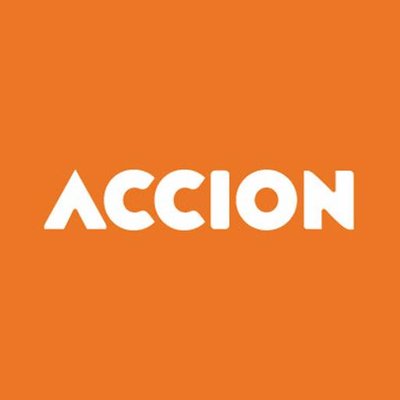
PRODUCTS
Accion
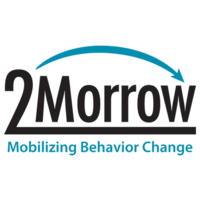
PRODUCTS
2Morrow Stress (and Anxiety) Program
Behaviors
Mental Health & Self-Care
Tactics
Acceptance and Commitment Therapy (ACT), Behavioral Activation (BA)
Models
Acceptance and Commitment Therapy
PRODUCTS
2Morrow Weight Management Program
Behaviors
Diet & Nutrition, Physical Activity
Tactics
Acceptance and Commitment Therapy (ACT), Behavioral Activation (BA)
Models
Acceptance and Commitment Therapy

PRODUCTS
Advanced Brain Monitoring
Research on behavior change
PAPERS
Physical activity with spiritual strategies intervention: a cluster randomized trial with older African American women.
BEHAVIOR
Physical Activity
TACTICS
Spirituality
PAPERS
Value-Based Insurance Design Improves Medication Adherence Without An Increase In Total Health Care Spending
PAPERS
A comparison of two delivery modalities of a mobile phone based assessment for serious mental illness: native smartphone application vs text-messaging only implementations.
BEHAVIOR
Mental Health & Self-Care
PAPERS
Increasing screening mammography in asymptomatic women: evaluation of a second-generation, theory-based program.
BEHAVIOR
Other
PAPERS
The effects of a multimodal intervention trial to promote lifestyle factors associated with the prevention of cardiovascular disease in menopausal and postmenopausal Australian women.
BEHAVIOR
Physical Activity
PAPERS
Continuous glucose monitoring counseling improves physical activity behaviors of individuals with type 2 diabetes: A randomized clinical trial.
BEHAVIOR
Physical Activity, Disease Management
PAPERS
Nutrition education worksite intervention for university staff: application of the health belief model.
BEHAVIOR
Diet & Nutrition
PAPERS
The program for rheumatic independent self-management: a pilot evaluation.
BEHAVIOR
Physical Activity
PAPERS
A Digital Diabetes Prevention Program (Transform) for Adults With Prediabetes: Secondary Analysis
PRODUCT
Transform
BEHAVIOR
Physical Activity, Diet & Nutrition